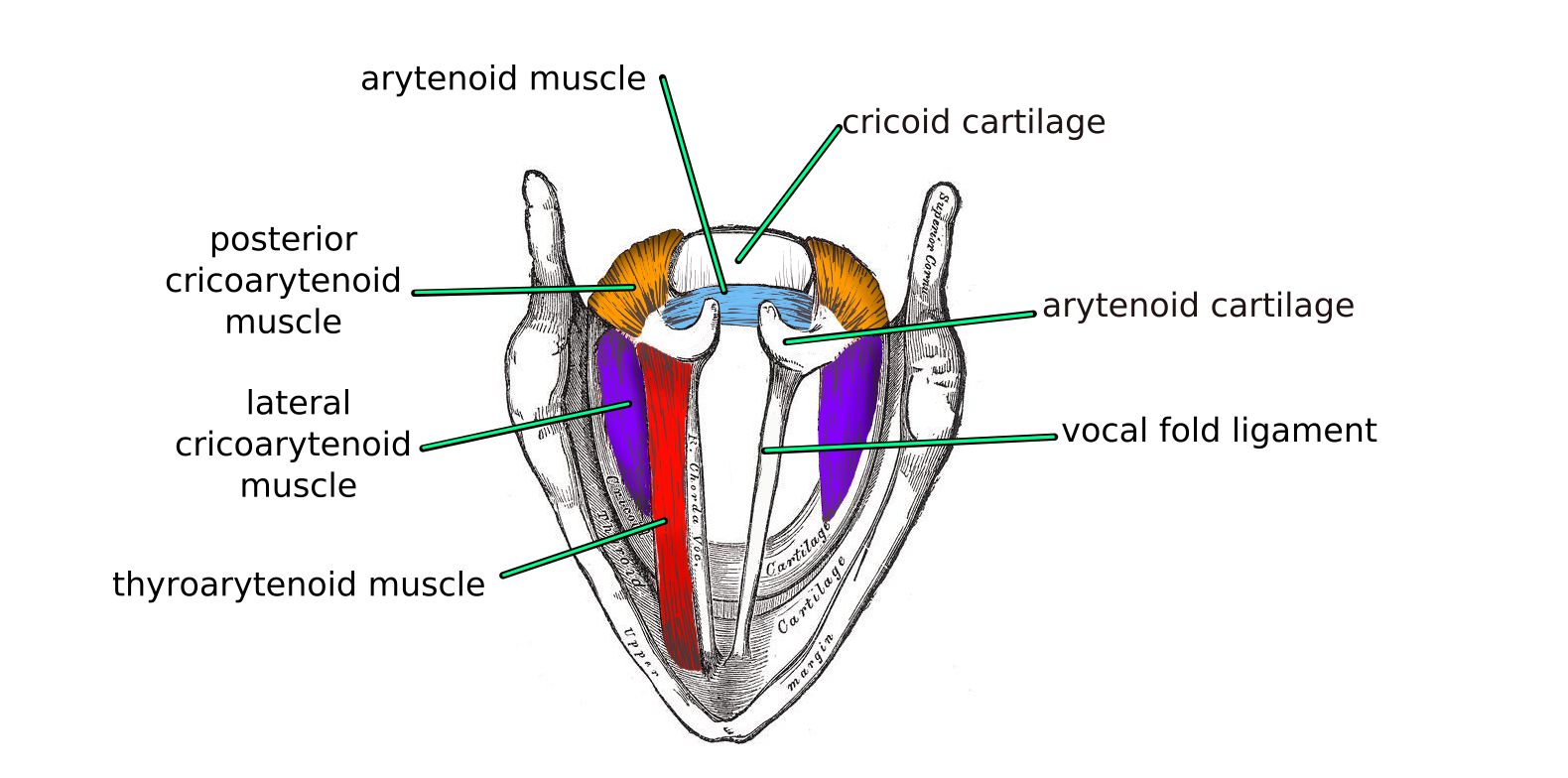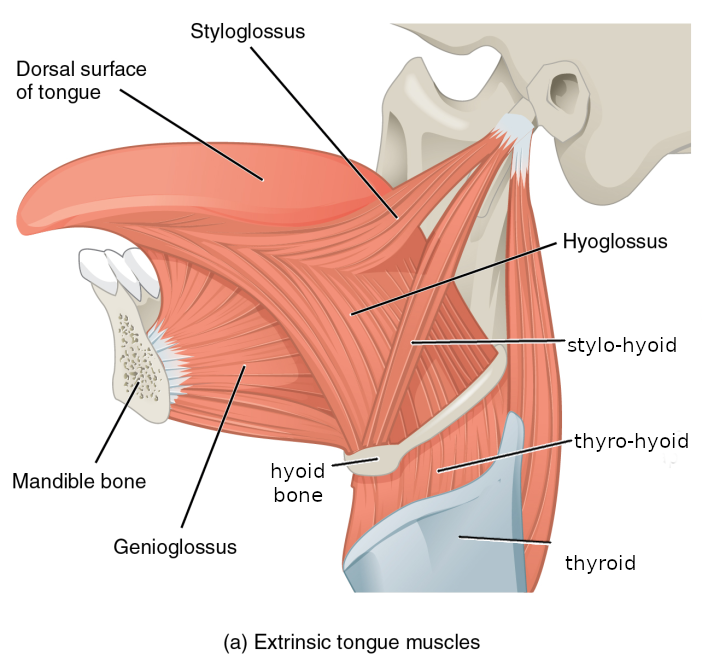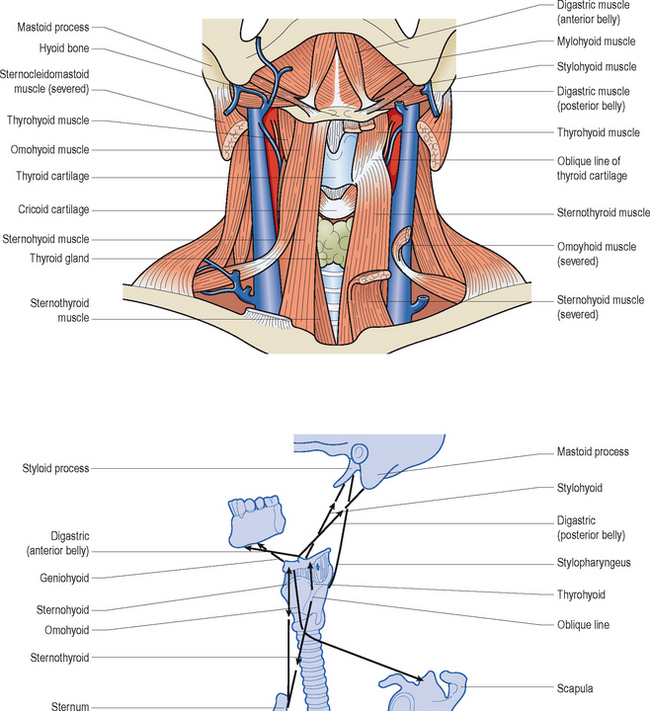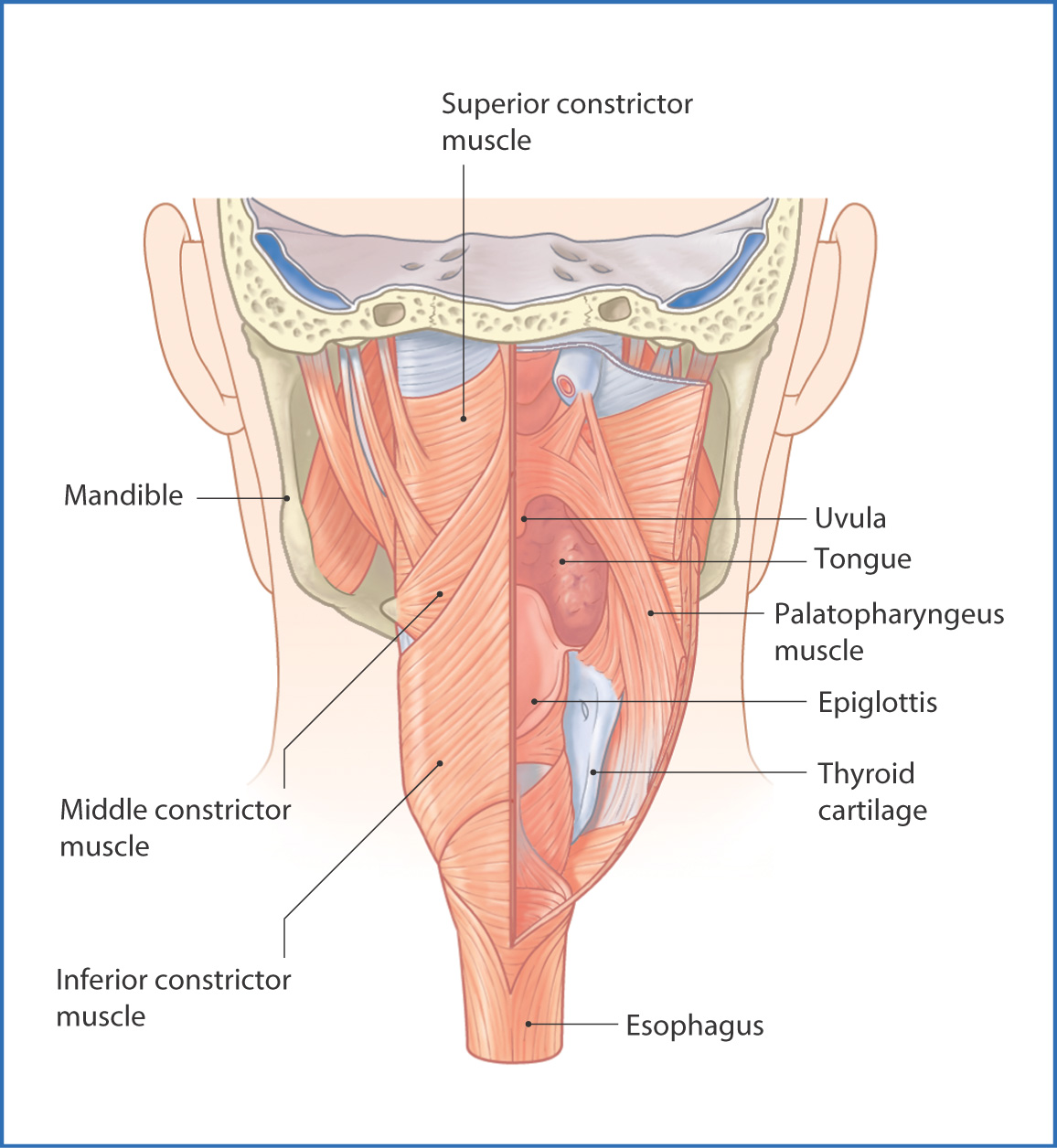This site is under construction! Stuff be missing, beware! Contribute!
If you have additions, corrections or concerns, open an issue or contact a maintainer.
Voice Map is released! See here for a giant map of (almost) all voice characteristics and pedagogy!Table of contents
Voice Anatomy
While usually unnecessary to train our voices, being aware of the physical changes happening in the vocal tract can provide useful context.
Sam Webster’s video
Expand / Collapse
This video is a really good resource for anatomy information. It’s recommended to watch the entire thing if you wish to know more about the anatomy of the voice. This is only about the larynx mind you. There are some notes and bookmarks below.
Main structures bookmarks
- 01:58 hyoid bone
- 02:35 epiglottis
- 03:18 thyroid cartilage, laryngeal prominence “adams apple”
- 03:27 cricoid cartilage
- 04:05 aryrenoid cartilage
- 05:20 cuneiform cartilages
- 06:06 thyrohyoid muscle
- 06:38 vocal folds
- 07:20 false vocal folds
- 09:04 pitch, adduction and abduction
- 10:57 cricothyroid muscle, thyroid tilt for pitch
- 12:58 thyroarytenoid muscles
- 13:20 arytenoid muscles - adduction
- 13:57 posterior cricoarytenoid muscles - abduction
- 14:25 lateral cricoarytenoid muscles - adduction
Notes:
- The thyroid tilts in order to increase or decrease pitch, by stretching or relaxing the vocal folds.
- CT: The cricothyroid muscle tilts the thyroid forward, increasing pitch.
- TA: The thyroarytenoid muscles tilts the thyroid backward, decreasing pitch. (also responsible for heavier vocal weight(?))
- The arytenoid muscles adduct (bring together) the vocal folds along with the lateral cricoarytenoid muscles.
- The posterior cricoarytenoid muscles abduct (pull apart) the vocal folds. Note: these are only used for breathing, not speech.
- The epiglottis helps encourage food and so on not to pass through the airway (but the vocal folds close as well when swallowing in order to be sure).
- The lateral cricoarytenoid muscles adduct the folds
Diagrams
Expand / Hide



